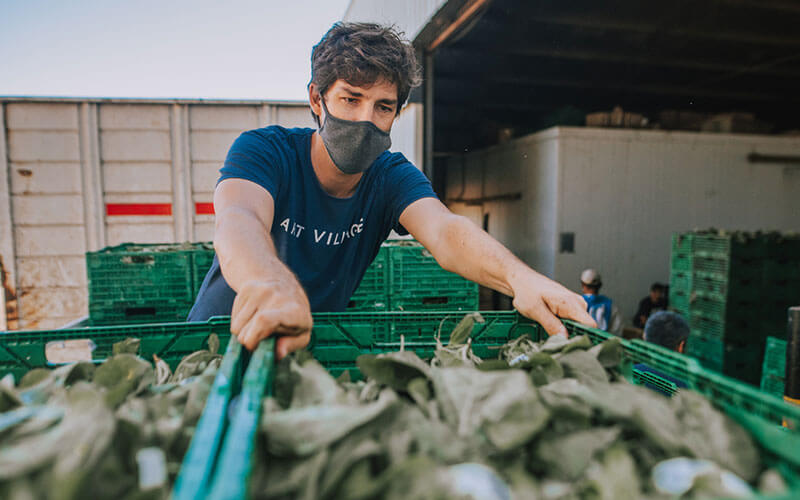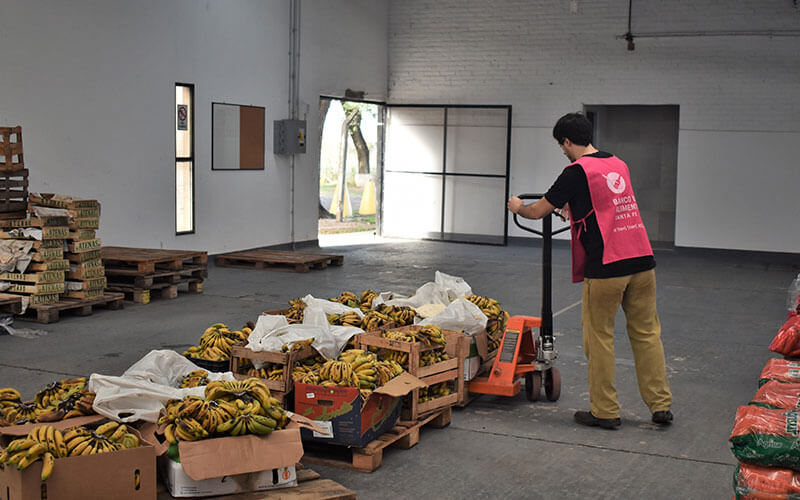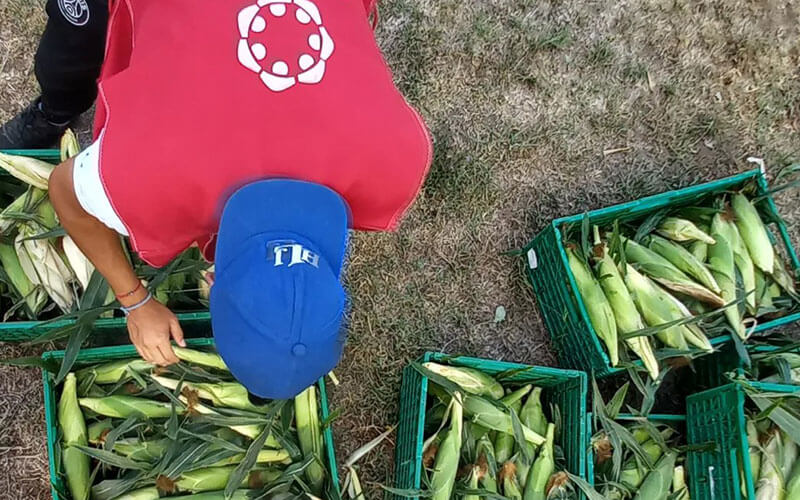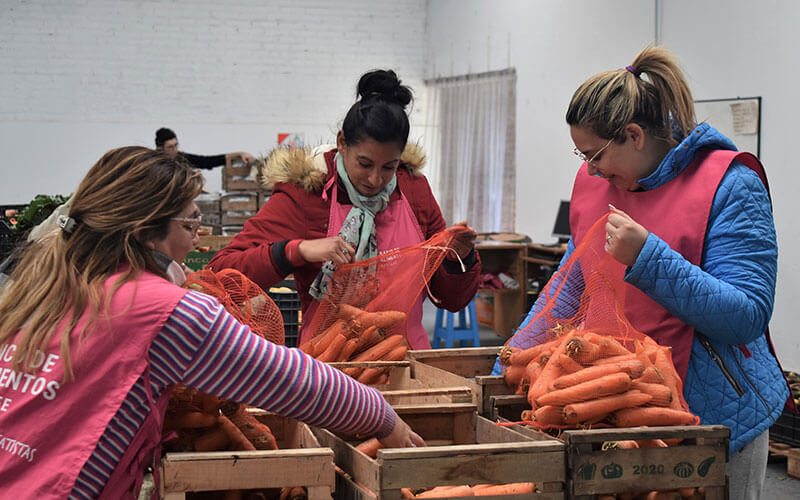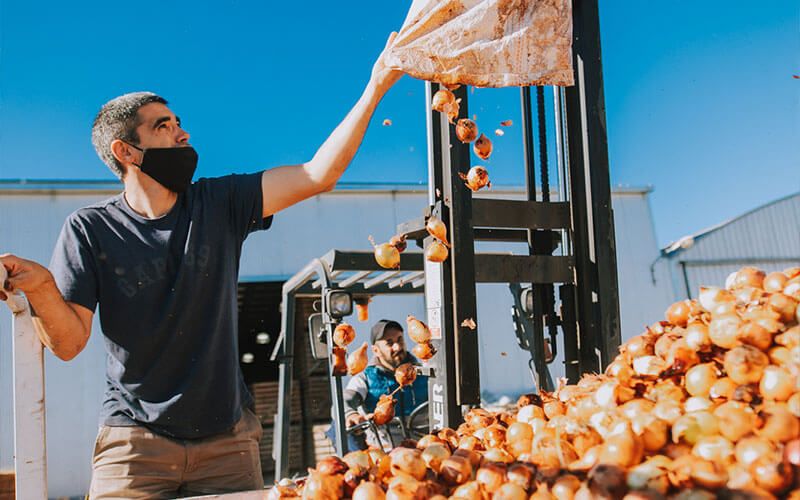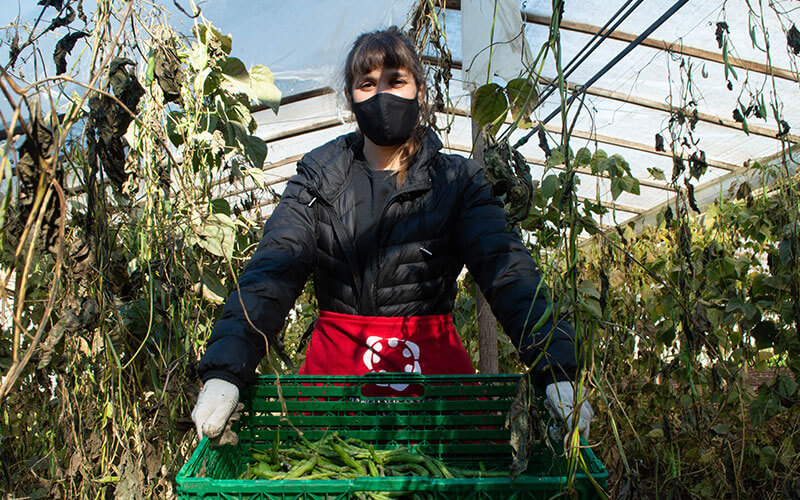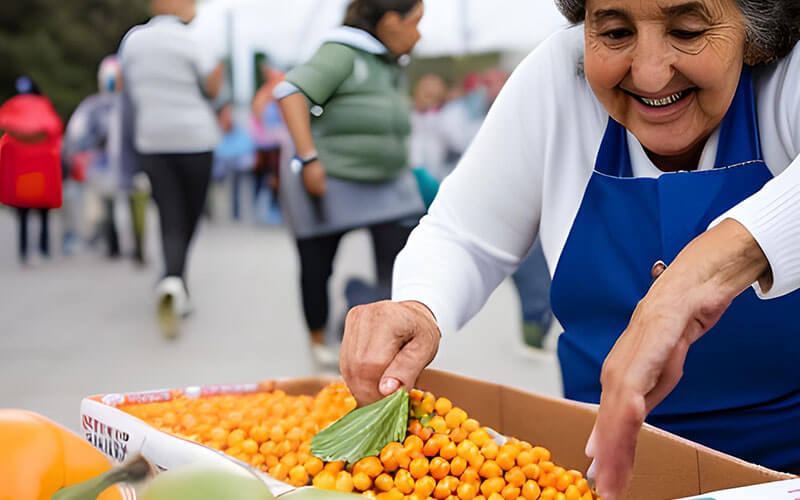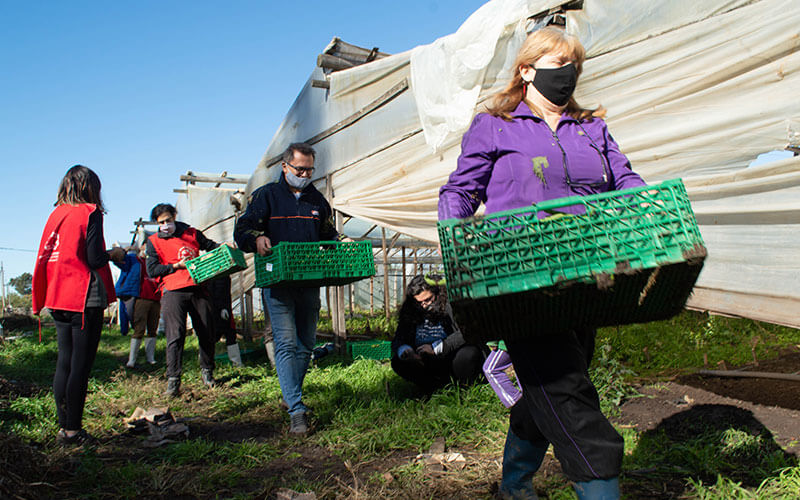In our country, about 16 million tons of food are wasted every year, which amounts to more than 30% of the total production of the country. This situation turns even more critical if we take into consideration that 43% of the people live in poverty, and that at least 6 million people in Argentina do not have access to basic food.
In the year 2020, this situation was worsened as a result of the economic and social crisis caused by the impact of the COVID-19 pandemic. It is estimated that two every ten urban households underwent food insecurity and 8.8% suffered from hunger and severe food insecurity.
The “Fruver to the Rescue” project main objective is to contribute to the mitigation of the hidden hunger and malnutrition levels in Argentina and to enhance the recovery, processing and distribution of fruit and vegetables (high nutritional-value food).
Moreover, this project suggested trying and testing a payment method based on outcomes in which the crisis and financing needs were greater and the available economic resources were limited or scarce.
As of this model and for a two-year period, 7 food banks got to improve the management of food recovery, production and distribution as well as the strategies and organization of the work. Every bank involved has been able to fulfill most of the set goals: almost 2 million high-nutritional value food were recovered and distributed. This represents 2,8 million meals. Likewise, those kilos of high nutritional-value food which were recovered mean that the emission of 2,180 tons of carbon dioxide were prevented.
This model was created together with the “Red Argentina de Banco de Alimentos” and Acrux, which also fulfilled the role of external auditor. Furthermore, this was possible thanks to the commitment and participation of the Food Banks of Santa Fe, Santiago del Estero, La Plata, Buenos Aires, Balcarce, Tandil and Mar del Plata.



